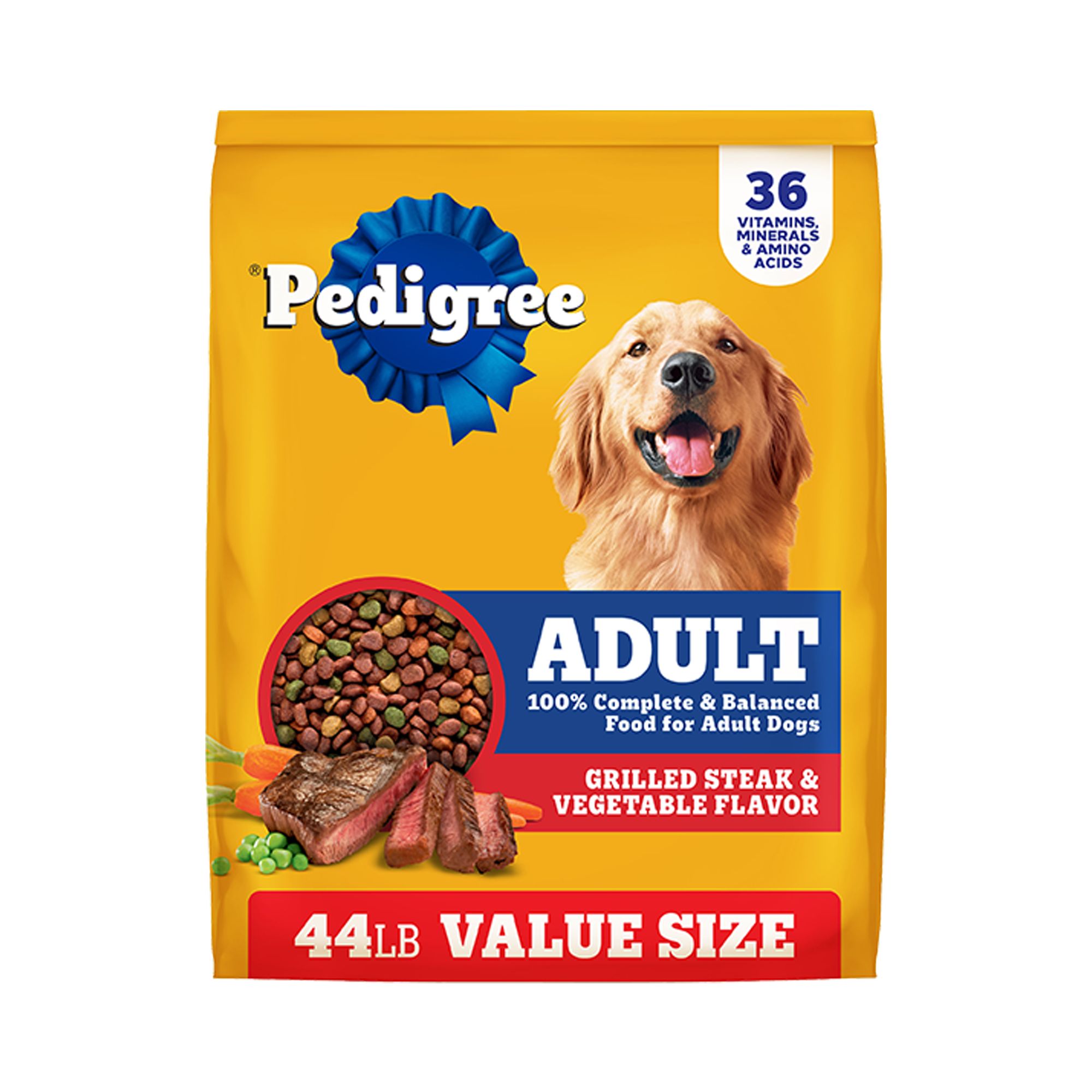Aladingsc Insights
Your go-to source for trending news and informative guides.
Feline Fine: Choosing the Purrfect Pet Food
Unlock the secret to a happy, healthy cat! Discover expert tips for choosing the purrfect pet food that will keep your feline fine!
Top 5 Ingredients to Look for in High-Quality Cat Food
Choosing the right cat food is essential for your feline friend's health and well-being. When evaluating options, high-quality cat food should feature specific ingredients that contribute to a balanced diet. Here are the top 5 ingredients to look for:
- Real Meat: Look for whole meats like chicken, turkey, or fish as the first ingredient, ensuring your cat gets a protein-rich diet.
- Whole Grains: Ingredients like brown rice or oats provide necessary carbohydrates and fiber.
- Healthy Fats: Omega-3 and omega-6 fatty acids promote healthy skin and fur.
- Fruits and Vegetables: Ingredients such as blueberries and carrots add vitamins and antioxidants.
- Probiotics: These support digestive health and help maintain a balanced gut flora.

Wet vs. Dry Cat Food: Which is Best for Your Feline Friend?
When it comes to choosing between wet vs. dry cat food, there are several factors to consider. Wet cat food is often preferred for its higher moisture content, which can help keep your feline hydrated, especially if they are prone to urinary tract issues. Additionally, wet food tends to be more palatable for many cats, making mealtime more enjoyable. On the other hand, dry cat food is convenient for storage and serving, often featuring a longer shelf life. It can also aid in dental health due to the crunchiness of the kibble, which may help reduce plaque buildup.
Ultimately, the decision between wet vs. dry cat food depends on your cat's individual needs and preferences. Some cats thrive on a mixed diet that includes both options, providing the benefits of moisture and crunch. Consider consulting your veterinarian to determine the best diet plan tailored for your feline friend, taking into account their age, health condition, and activity level. With the right balance, you can ensure that your beloved pet enjoys a nutritious and satisfying diet.
Common Myths About Cat Nutrition: Debunking Misconceptions
When it comes to cat nutrition, many pet owners fall prey to common misconceptions. One prevalent myth is that cats can thrive on a vegan diet. Unlike humans, felines are obligate carnivores, meaning their bodies are adapted to process animal proteins. A diet lacking in animal products can lead to serious health issues, including deficiencies in essential nutrients such as taurine and vitamin A. Understanding these dietary needs is crucial for ensuring our feline friends maintain optimal health.
Another widespread belief is that cats can self-regulate their food intake effectively. While it may be true that some cats can manage portion sizes, many cats are prone to overeating, particularly when food is always available. This can result in obesity, which in turn raises the risk of diabetes and joint issues. To promote better cat nutrition, it's essential to establish a structured feeding schedule and monitor portion sizes, ensuring our pets receive balanced meals tailored to their specific needs.